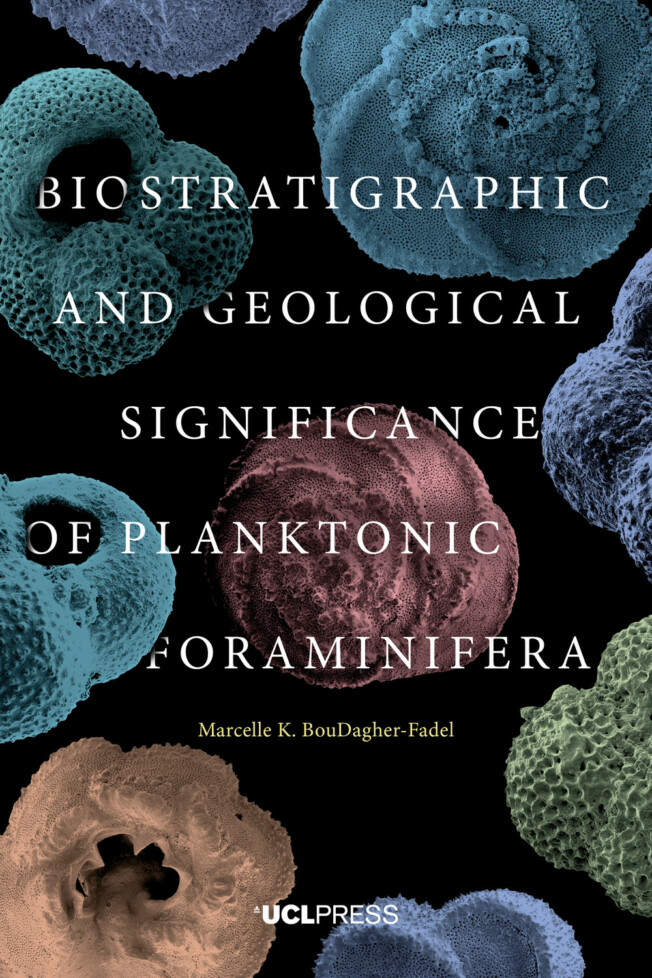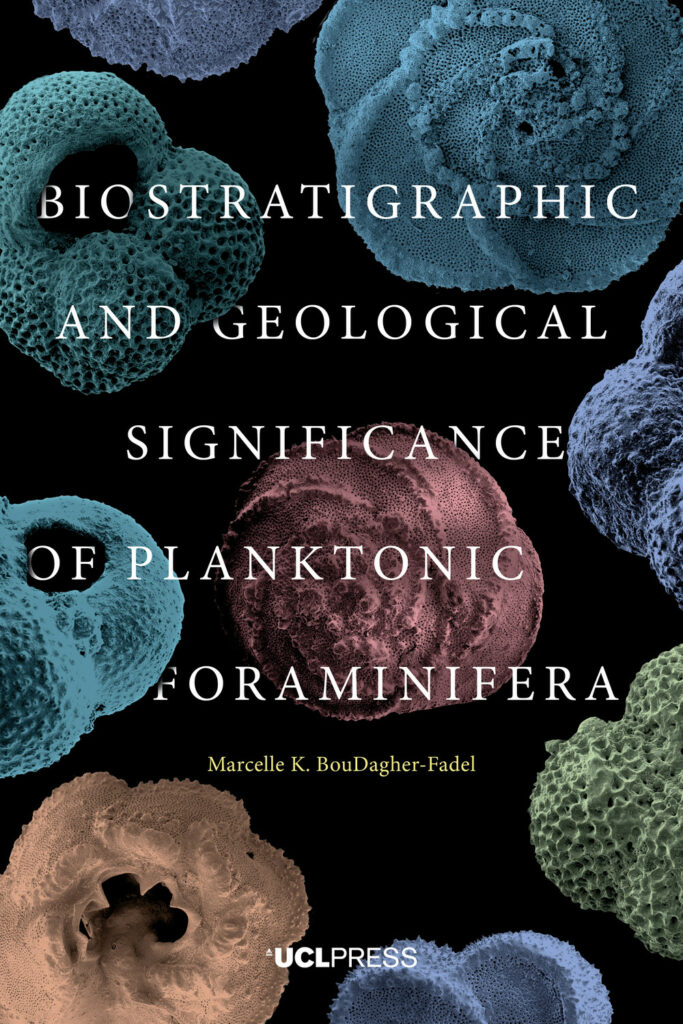
Biostratigraphic and Geological Significance of Planktonic Foraminifera
Marcelle K. BouDagher-Fadel (Author)
The role of fossil planktonic foraminifera as markers for biostratigraphical zonation and correlation underpins most drilling of marine sedimentary sequences and is key to hydrocarbon exploration. The first – and only – book to synthesize the whole biostratigraphic and geological usefulness of planktonic foraminifera, Biostratigraphic and Geological Significance of Planktonic Foraminifera unifies existing biostratigraphic schemes and provides an improved correlation reflecting regional biogeographies.
Renowned micropaleontologist Marcelle K. Boudagher-Fadel presents a comprehensive analysis of existing data on fossil planktonic foraminifera genera and their phylogenetic evolution in time and space. This important text, now in its Second Edition, is in considerable demand and is now being republished by UCL Press.
1 An introduction to planktonic foraminifera
2 The biological and molecular characteristics of living planktonic foraminifera
3 The Mesozoic planktonic foraminifera: The Late Triassic–Jurassic
4 The Mesozoic planktonic foraminifera: The Cretaceous
5 The Cenozoic planktonic foraminifera: The Paleogene
6 The Cenozoic planktonic foraminifera: The Neogene
DOI: 10.14324/111.9781910634257
Number of pages: 306
Number of illustrations: 177
Publication date: 02 October 2015
PDF ISBN: 9781910634264
EPUB ISBN: 9781910634271
Read Online ISBN: 9781911307181
Hardback ISBN: 9781910634240
Paperback ISBN: 9781910634257
Marcelle K. BouDagher-Fadel (Author)
Dr Marcelle K. BouDagher-Fadel is a Professorial Research Fellow in the Office of the Vice-Provost (Research) at UCL. She graduated with a BSc from the Lebanese University and has an MSc and PhD from UCL. She has an extensive publication record, having written three major books and over 130 papers. She is an established consultant with several oil companies, lectures widely, and supervises PhD students from around the world.
Related titles
Evolution and Geological Significance of Larger Benthic Foraminifera
Marcelle K. BouDagher-Fadel,
30 April 2018
Biostratigraphic and Geological Significance of Planktonic Foraminifera
The role of fossil planktonic foraminifera as markers for biostratigraphical zonation and correlation underpins most drilling of marine sedimentary sequences and is key to hydrocarbon exploration. The first – and only – book to synthesize the whole biostratigraphic and geological usefulness of planktonic foraminifera, Biostratigraphic and Geological Significance of Planktonic Foraminifera unifies existing biostratigraphic schemes and provides an improved correlation reflecting regional biogeographies.
Renowned micropaleontologist Marcelle K. Boudagher-Fadel presents a comprehensive analysis of existing data on fossil planktonic foraminifera genera and their phylogenetic evolution in time and space. This important text, now in its Second Edition, is in considerable demand and is now being republished by UCL Press.

